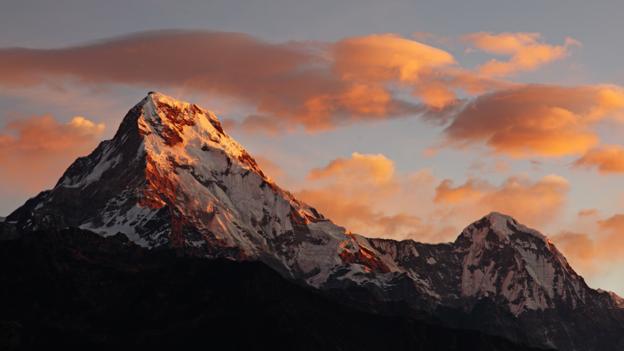Himalayas: Water Towers of Asia
BBC News online - 23 January 2013
The Himalayas are the greatest mountain range on Earth.
The
vast sweep of peaks runs for 2,400 km (1,500 miles) crossing or
abutting five countries, and separating the Indian subcontinent from the
Tibetan Plateau. The chain is also home to the planet’s highest peaks,
including Mount Everest.Their name translates from Sanskrit as “abode of the snow”, a name that seems appropriate for the largest body of snow and the highest concentration of glaciers outside of the polar regions.
But these peaks are not just a magnificent spectacle. They have profoundly shaped the cultures of South Asia and hold the gift of life for billions of people.
Their giant size influences weather patterns throughout the region, whilst melt water from the peaks feed the great rivers of Asia, including the Indus, the Ganges, and the Tsangpo-Brahmaputra. This water – and the sediments they hold – form the backbone of agriculture of the whole region.
In this film environmental economist Pavan Sukhdev, veteran wildlife cameraman Doug Allan and ecological economist Dr Trista Patterson reveal the natural beauty and diversity of the Himalayas, as well as the hidden contribution they make to life on the planet.
Labels: Environment, Nature, Science

0 Comments:
Post a Comment
<< Home